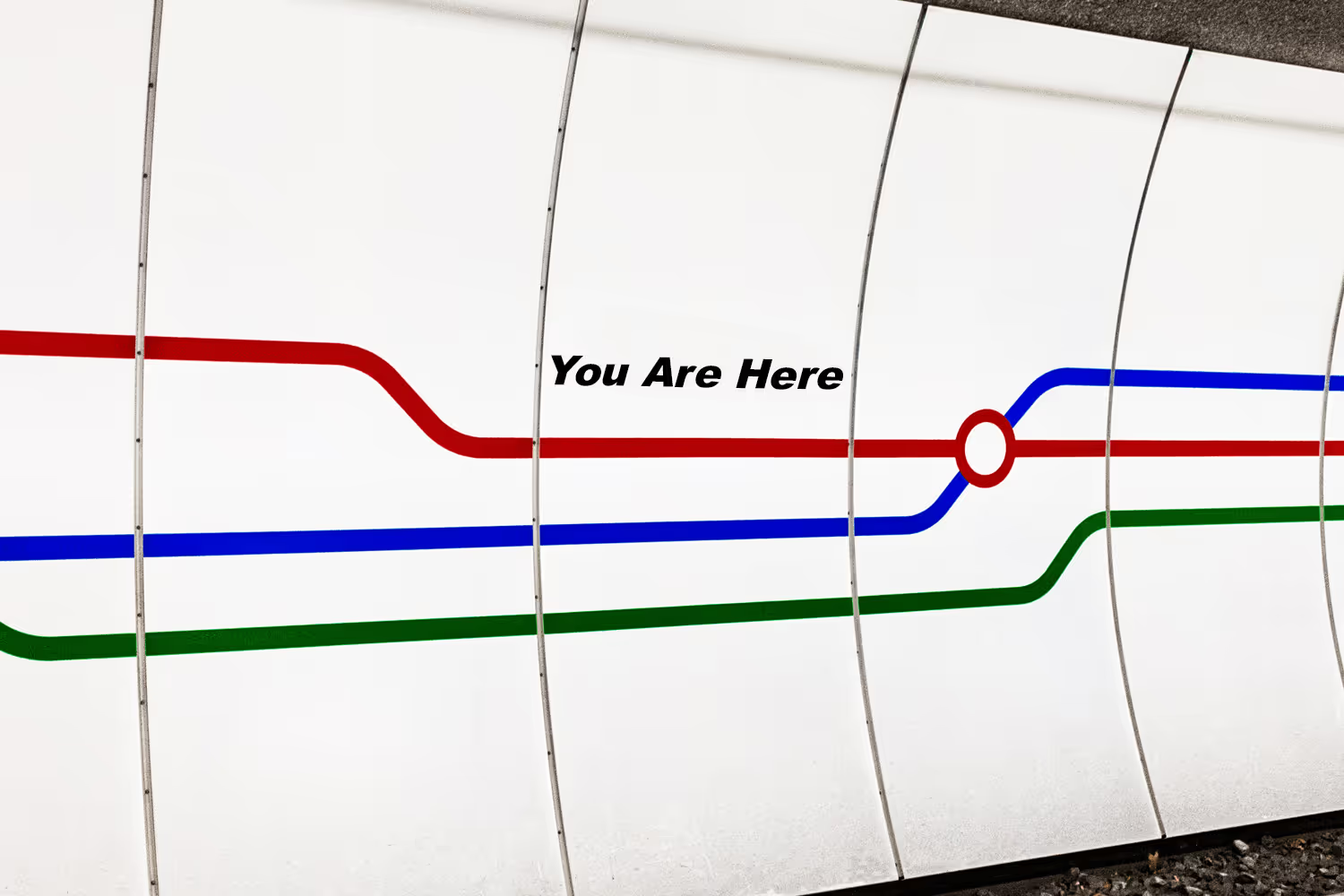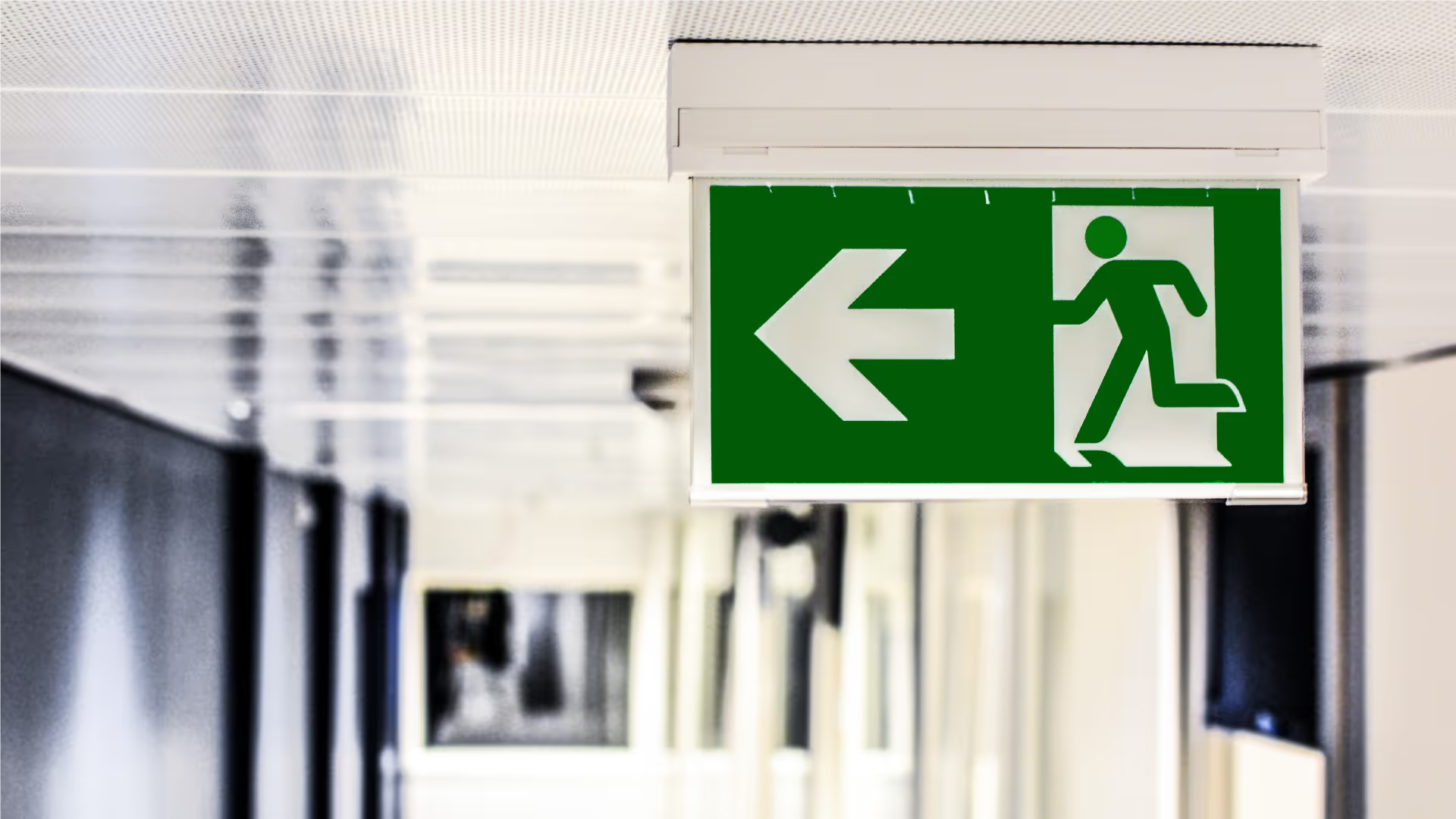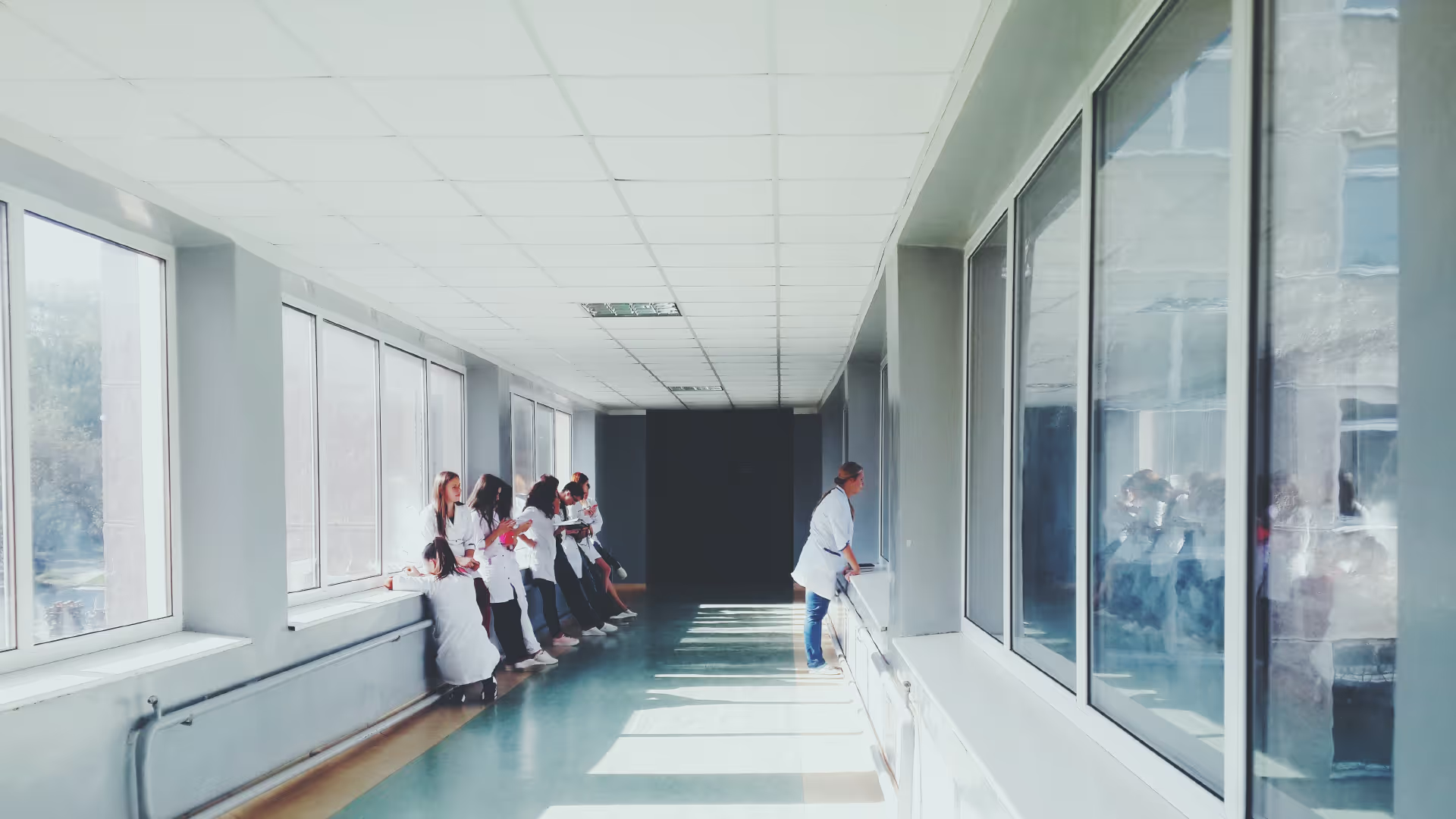How Interior Design Influences The Atmosphere of Hospitals
Hospitals have a distinct atmosphere. When you think of one your mind gets bombarded with thoughts of the sharp smells, perplexing pathways, scrambling staff members, and somber surroundings. None of those immediate thoughts you’re having right now are positive. But modern-day hospitals are trying to change that.

Hospitals have a distinct atmosphere and interior design can influence it for better or worse. But before we get into how, when you think of one what crosses your mind?
If you’re like me you’d get bombarded with thoughts of the sharp smells, perplexing pathways, scrambling staff members, and somber surroundings.
None of those immediate thoughts you’re having right now are positive. But modern-day hospitals are trying to change that.
Hospitals are more often considering interior design aspects today. They realize how it can influence…
- Patients to return
- Employee turnover
But interior design goes beyond retention rates, it also helps with health and safety purposes.
Here are aspects of decorating and design to consider to influence a positive, healthy, and safe hospital.
By now you’ve heard all of the phrases about the importance of first impressions, these also hold true with the look and feel of hospitals.
Interior design influences patients and visitors from the moment they enter a hospital. These individuals may already be anxious, so the building’s design shouldn’t add more stress.
After heading past the lobby and receptionist, if they’re a patient they’ll head to the waiting room. If the waiting room is small, it could cause more anxiety.
Patients and visitors may fear the spread of other germs if they have to sit close to others. But structuring these areas so that they feel spacious allows individuals to relax.
An easy way to make hospital waiting rooms look spacious and open is with the color white. An added bonus is that color also makes the environment seem cleaner (more on that later).
No one wants to wait in areas that feel dirty, especially since illness is what brought them to the hospital in the first place. Patients won’t be hopeful that they’ll get healthy if they are coming into a space that seems dirty.

Furniture can impact visits, too. First, there must be enough seating. People shouldn’t have to stand during their wait but should have the option if they want. Patients who need treatment don’t want to sit on uncomfortable furniture either. Being ill is exhausting. Visitors may be waiting in these areas for a while too, so hospitals should provide comfortable chairs or couches.
Signage and Directions
Not only do waiting areas impact experiences, but so do the areas leading to patient rooms. Hospitals can seem like a maze to those who have never been there which is stressful if they don’t know where to go.
It’s frustrating for people who’ve already spent time in the waiting room, then have to waste more by getting lost while trying to navigate the hallways. These annoyances seem to double with guests and when time is of the essence. Signs with clear directions are necessary to help patients and visitors get to where they need to be.

Clear directions to exits also promote safety for everyone in case of emergencies. Those unfamiliar with the hospital may have trouble finding their way out. It’s much more helpful if there are obvious directions to staircases, elevators, and exits.
Achieving a perfectly designed navigation system throughout a hospital is an immense project. However, examples of well-designed navigation already exist and go back almost 50 years ago.
On August 7, 1972, the Metropolitan Transportation Authority introduced a new map of the New York subway system. It was different than any map before as it wasn’t geographically accurate. It’s designer, Massimo Vignelli, did this on purpose. His goal was to reinterpret reality and make the complex transportation system easier to navigate.

The map features a series of colored subway lines and dots representing stops across an all beige geographical landscape. Signs throughout the underground system reinforced the map with colored circles and numbers. The new designs were initially met with protest but over time they’ve grown into one of the most iconic navigation maps of all time.
When determining how to make it easier for patients, staff, and guests to navigate a hospital, take a look at some of these maps to spark creativity.
Color and Lighting Effects Mood
Color always has a huge effect on your mood. Research on the psychology of color actually dates back to 1974.
Back then, researchers Keith Jacobs and Frank Hustmyer discovered that colors affect our heart rate, blood pressure, and respiration. This means it's imperative to keep color in mind when establishing a hospital’s waiting room layout.
Some colors are better choices than others for health. Specifically, the color red raises blood pressure by increasing pulse and heart rate. This isn’t beneficial for patient healing, especially since red causes irritability.
But the color blue lowers blood pressure since it helps people feel calm and relaxed. Green is also a restorative color that reduces anxiety. Natural colors create an environment that feels peaceful and serene.
Along with color, lighting boosts mood. It’s difficult waking up in the morning when it’s still dark outside, but imagine if you were sick, too. This makes it even more difficult to motivate yourself.
Well, this is similar to patients who have dark, dreary rooms. There’s a type of depression called Seasonal Affective Disorder which affects people who don’t receive enough sunlight. This is usually a problem during the winter. But it could especially impact long term patients if they never see sunlight. In a gloomy environment, patients may feel hopeless and have no motivation to get better.

This environment is not beneficial to healing but can inhibit it. Patients that experience frequent stress and anxiety are likely to have delayed healing. This is why it’s so important to have an environment that’s as peaceful and uplifting as possible.
When considering windows for natural lighting, also note potential safety or privacy concerns. Windows could pose privacy risks if an outsider can see into the room. There may also be safety issues with patients escaping, or someone entering illegally.
One solution could be small rectangular windows higher on the walls instead of large windows right at the patient’s bedside. Some organizations are even using virtual windows if they can’t include real ones.
So much focus is on patients, but organizations must cater to their caregivers too. Without their full attention, patients can’t receive the care they need. Visual appearance in hospitals also helps caregivers. Working at a hospital is already a high-stress environment. But if it invokes some form of tranquility it can boost employees’ moods.
Lighting is important, especially those who work night shifts. A well-lit hospital may keep those on night shifts from feeling sleepy. The light color also affects them. Hospitals with dim lighting like the image below would cause drowsiness.

Light controls circadian rhythms, which control the release of melatonin. This hormone influences sleepiness, but blue/green light inhibits this release. Blue and green light releases a hormone that stimulates us awake. The body releases melatonin if there is less blue/green light, usually in the evening.
Private Break Rooms for Staff
Another design benefit for employees is comfortable seating areas and break rooms. Some health workers only sit for less than an hour throughout a 12-hour shift. This causes physical exhaustion, so relaxing break areas help them recharge.
Break rooms are also necessary so employees have a clean place to eat. Eating at a common area surrounded by patient rooms or medical equipment poses health concerns.
Employees may pick up germs, and their food may affect people around them with food allergies. But workers must be able to eat during breaks to refuel, so hospitals must account for private break rooms when designing their spaces.

Space and Safety
The physical space within hospitals influences both health and safety, such as the space of patient rooms.
Shared rooms are a risk for the spread of germs, and small crowded rooms are a safety risk during emergencies. It’s difficult to handle emergencies in these rooms since they may need more health professionals.
Hallways are another area that small spaces are problematic for emergencies. It’s difficult for doctors and nurses to rush to where they need to be with narrow halls, especially with a gurney. Hospitals should have wide, open hallways to reduce this safety problem.

Surface Material and Bacteria
One aspect that may go unnoticed is the material of floors, walls, and ceilings. These surfaces can have serious health and safety impacts.
Anti-slip floors are so important in this environment. The last thing that hospitals need is an employee slipping and falling while providing emergency care for others. They can’t care for patients if they need treatment themselves for an injury after falling.
If patients slip and get injured, they may face more complications during recovery. These injuries are counterproductive for healing.
The effects of these surfaces go beyond what we can see. Certain materials and surface coatings have better protection against bacteria.
For example, antimicrobial copper is a family of copper alloys that kill 99.9% of bacteria that come in contact with their surfaces within two hours. Materials like these help decrease the spread of infection.
This isn’t only important at the hospital, but even once individuals go home. With bacteria living on floors, shoes can pick up these germs. These “infected” shoes transfer germs quickly. Over 90 percent of the bacteria on the bottom of a shoe transfers to the floor upon the first contact.
People then bring these home, so the germs may spread illnesses way beyond the hospital.

Conclusion
Interior design isn’t usually a priority for hospitals since their primary focus is patient care. But it can go a long way to help boost the experience of anyone who walks through the doors.
How a hospital looks can impact mood, health, and safety to influence someone to seek or work at.
Many design aspects can impact patient, visitor, and employee experiences. If hospitals make a little extra effort in these areas, they’ll see immediate results.
Emphasize your product's unique features or benefits to differentiate it from competitors
In nec dictum adipiscing pharetra enim etiam scelerisque dolor purus ipsum egestas cursus vulputate arcu egestas ut eu sed mollis consectetur mattis pharetra curabitur et maecenas in mattis fames consectetur ipsum quis risus mauris aliquam ornare nisl purus at ipsum nulla accumsan consectetur vestibulum suspendisse aliquam condimentum scelerisque lacinia pellentesque vestibulum condimentum turpis ligula pharetra dictum sapien facilisis sapien at sagittis et cursus congue.
- Pharetra curabitur et maecenas in mattis fames consectetur ipsum quis risus.
- Justo urna nisi auctor consequat consectetur dolor lectus blandit.
- Eget egestas volutpat lacinia vestibulum vitae mattis hendrerit.
- Ornare elit odio tellus orci bibendum dictum id sem congue enim amet diam.
Incorporate statistics or specific numbers to highlight the effectiveness or popularity of your offering
Convallis pellentesque ullamcorper sapien sed tristique fermentum proin amet quam tincidunt feugiat vitae neque quisque odio ut pellentesque ac mauris eget lectus. Pretium arcu turpis lacus sapien sit at eu sapien duis magna nunc nibh nam non ut nibh ultrices ultrices elementum egestas enim nisl sed cursus pellentesque sit dignissim enim euismod sit et convallis sed pelis viverra quam at nisl sit pharetra enim nisl nec vestibulum posuere in volutpat sed blandit neque risus.

Use time-sensitive language to encourage immediate action, such as "Limited Time Offer
Feugiat vitae neque quisque odio ut pellentesque ac mauris eget lectus. Pretium arcu turpis lacus sapien sit at eu sapien duis magna nunc nibh nam non ut nibh ultrices ultrices elementum egestas enim nisl sed cursus pellentesque sit dignissim enim euismod sit et convallis sed pelis viverra quam at nisl sit pharetra enim nisl nec vestibulum posuere in volutpat sed blandit neque risus.
- Pharetra curabitur et maecenas in mattis fames consectetur ipsum quis risus.
- Justo urna nisi auctor consequat consectetur dolor lectus blandit.
- Eget egestas volutpat lacinia vestibulum vitae mattis hendrerit.
- Ornare elit odio tellus orci bibendum dictum id sem congue enim amet diam.
Address customer pain points directly by showing how your product solves their problems
Feugiat vitae neque quisque odio ut pellentesque ac mauris eget lectus. Pretium arcu turpis lacus sapien sit at eu sapien duis magna nunc nibh nam non ut nibh ultrices ultrices elementum egestas enim nisl sed cursus pellentesque sit dignissim enim euismod sit et convallis sed pelis viverra quam at nisl sit pharetra enim nisl nec vestibulum posuere in volutpat sed blandit neque risus.
Vel etiam vel amet aenean eget in habitasse nunc duis tellus sem turpis risus aliquam ac volutpat tellus eu faucibus ullamcorper.
Tailor titles to your ideal customer segment using phrases like "Designed for Busy Professionals
Sed pretium id nibh id sit felis vitae volutpat volutpat adipiscing at sodales neque lectus mi phasellus commodo at elit suspendisse ornare faucibus lectus purus viverra in nec aliquet commodo et sed sed nisi tempor mi pellentesque arcu viverra pretium duis enim vulputate dignissim etiam ultrices vitae neque urna proin nibh diam turpis augue lacus.


.avif)

